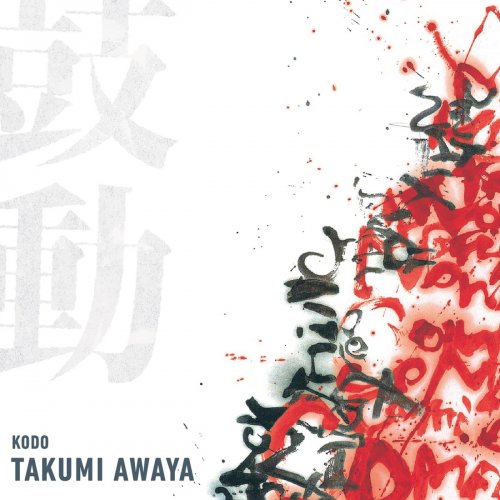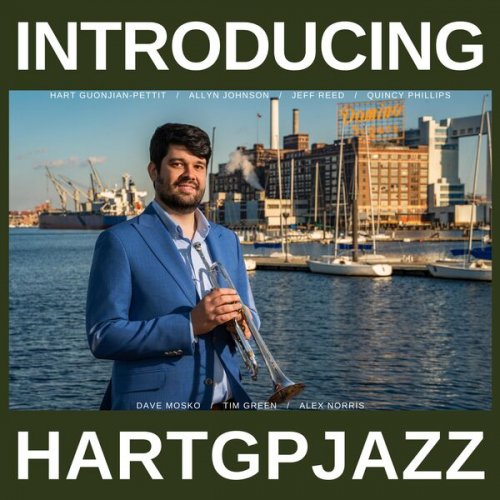Albert Recasens, La Grande Chapelle - La fiesta de Pascua en Piazza Navona (2012) [Hi-Res]
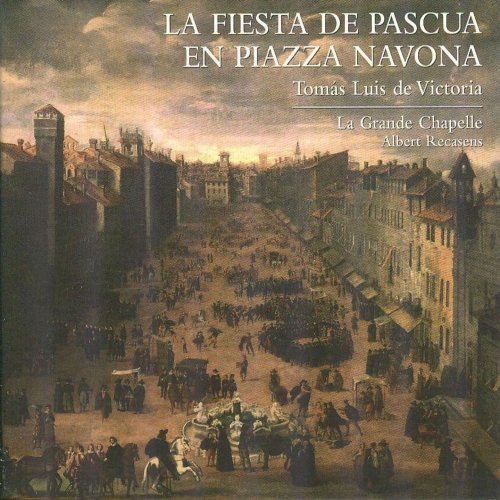
Artist: Albert Recasens, La Grande Chapelle
Title: La fiesta de Pascua en Piazza Navona
Year Of Release: 2012
Label: Lauda Música S.L.
Genre: Classical
Quality: flac lossless (tracks) / flac 24bits - 96.0kHz +Booklet
Total Time: 01:45:04
Total Size: 487 mb / 1.84 gb
WebSite: Album Preview
TracklistTitle: La fiesta de Pascua en Piazza Navona
Year Of Release: 2012
Label: Lauda Música S.L.
Genre: Classical
Quality: flac lossless (tracks) / flac 24bits - 96.0kHz +Booklet
Total Time: 01:45:04
Total Size: 487 mb / 1.84 gb
WebSite: Album Preview
CD1
01. S.Giacomo Degli Spagnoli, Maitines y laudes: Motete-Iubilate Deo, omnis terra, a 8
02. S.Giacomo Degli Spagnoli, Maitines y laudes: Salmo-Domine, quid multiplicati sunt, a 5
03. S.Giacomo Degli Spagnoli, Maitines y laudes: Antifona-Haec dies quam fecit Dominus, a 8
04. S.Giacomo Degli Spagnoli, Maitines y laudes: Himno-Tantum ergo, a 5
05. Procesion en Piazza Navona: Fanfarria
06. Procesion en Piazza Navona: Motete-Surrexit pastor bonus, a 6
07. Procesion en Piazza Navona: Lauda-Christo ver'huom' e Dio, a 3
08. Procesion en Piazza Navona: Himno-Ad caenam agni providi, a 4/5, Alternatim, canto Liano, polifonia, Estrofas 2, 4, 6, 8, Estrofas 3, 7
09. Procesion en Piazza Navona: Motete-Ardens est cor meum, a 6
10. Procesion en Piazza Navona: Procesion en Piazza Navona: Victimae paschali laudes (Instrumental)
11. Procesion en Piazza Navona: Motete-Ego sum panis vivus, a 4
12. Procesion en Piazza Navona: Himno-Iesu, nostra redemptio, a 4, Alternatim, fabordon, polifonia, Verso 1, 3, 5, 6, Versos 2, 4
13. Procesion en Piazza Navona: Ricercata-La mi re fa mi re (Instrumental, sobre el cantus firmus "Bassa Castiglia" o"Il re di Spagna")
14. Procesion en Piazza Navona: Responsorio-Expurgate vetus fermentum, a 8
15. Procesion en Piazza Navona: Fanfarria (Instrumental)
CD2
01. S. Giacomo Degli Spagnoli, Misa, Visperas y Completas: Himno-Te Deum laudamus, a 6
02. S. Giacomo Degli Spagnoli, Misa, Visperas y Completas: Tiento de segundo tono por Gsolreut (Organo)
03. S. Giacomo Degli Spagnoli, Misa, Visperas y Completas: Motete-O sacrum convivium, a 4
04. S. Giacomo Degli Spagnoli, Misa, Visperas y Completas: Secuencia-Victimae paschali laudes, a 8
05. S. Giacomo Degli Spagnoli, Misa, Visperas y Completas: Villanesca-Si tus penas no pruebo, a 3
06. S. Giacomo Degli Spagnoli, Misa, Visperas y Completas: Antifona-Christus resurgens, a 5
07. S. Giacomo Degli Spagnoli, Misa, Visperas y Completas: Salmo-In exitus, Salmi passaggiati
08. S. Giacomo Degli Spagnoli, Misa, Visperas y Completas: Antifona-Crucem mia, che pensi?, a 3
09. S. Giacomo Degli Spagnoli, Misa, Visperas y Completas: Lauda-Anima mia, che pensi?, a 3
10. S. Giacomo Degli Spagnoli, Misa, Visperas y Completas: Antifona-Regina caeli, a 8
![Albert Recasens, La Grande Chapelle - La fiesta de Pascua en Piazza Navona (2012) [Hi-Res]](https://www.dibpic.com/uploads/posts/2021-10/1633353807_albert-recasens-la-grande-chapelle-la-fiesta-de-pascua-en-piazza-navona-2012-back.jpg)
The confraternity of the Resurrection of S. Giacomo degli Spagnoli – the Castilian national church in Rome – was responsible, from 1579 onwards, for organizing the Easter celebrations in the Piazza Navona, one of the most spectacular public festivities during the time of Spanish supremacy in Italy. For the solemn procession, which took place before dawn, the square would be decked out with ephemeral constructions and allegorical scenes, accompanied by lights, fireworks and music provided by the finest singers in the city situated either in platforms or in the procession itself. Indeed it was organized as a symbol of the hegemony of the Spanish nation and functioned as a powerful propaganda tool. As a member of the confraternity, Tomás Luis de Victoria was associated with the procession before his return to Spain in 1585.
This double CD offers a never before undertaken evocation of the music that might have been heard in the church and around the square during this most important of Roman celebrations. It brings together an enormously varied selection of vocal and instrumental pieces by composers who, together with Victoria, were either involved in the organisation of the festivities (such as Francisco Soto or Ruggiero Giovanelli) or whose music was preserved in the S. Giacomo degli Spagnoli archive (Jacobus de Kerle, Giovanni P. da Palestrina, Giovanni Animuccia, Rocco Rodio and Francisco Guerrero). This superb recreation, as well as offering us a new reading of Victoria’s work, submerges us, in a wholly new way, in the sonorities that he would have been familiar with in the latter part of his Roman period: from sumptuous polychoral works with Venetian influences to the simple laude spirituali associated with the Oratory of Saint Philip Neri.
In short, it is another first for La Grande Chapelle, establishing a context in which to place one of the greatest composers of the Spanish Renaissance.
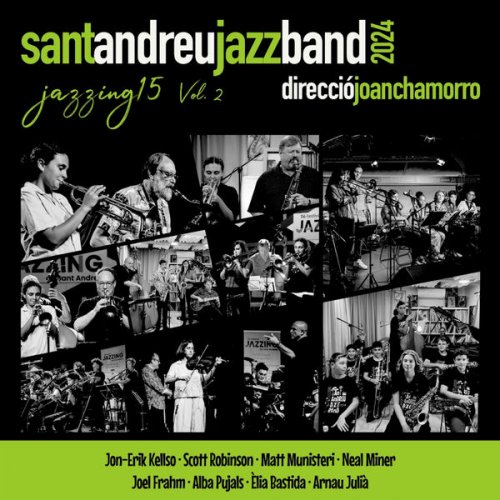
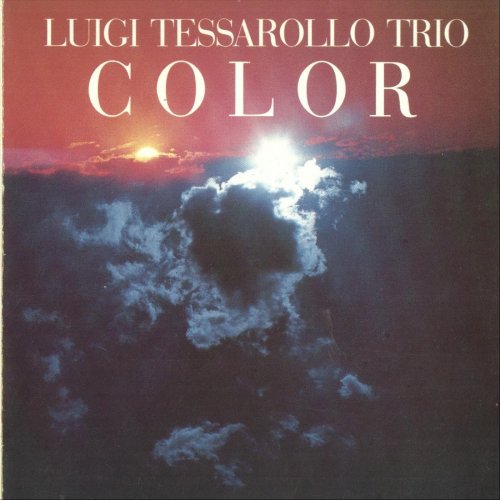
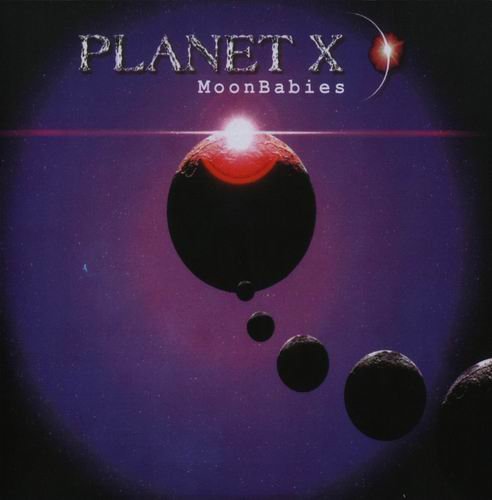
![Sibel Köse Septet - In Good Company (2025) [Hi-Res] Sibel Köse Septet - In Good Company (2025) [Hi-Res]](https://www.dibpic.com/uploads/posts/2025-12/1765846644_uizwujac4ht2d_600.jpg)
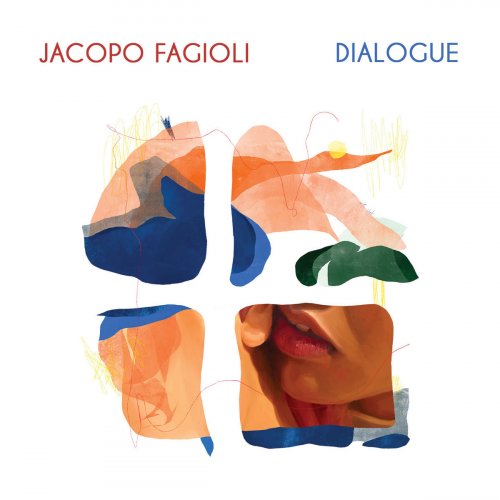
![Koldo Munné & 1520's Ensemble - Live at Jamboree Live Music (2025) [Hi-Res] Koldo Munné & 1520's Ensemble - Live at Jamboree Live Music (2025) [Hi-Res]](https://www.dibpic.com/uploads/posts/2025-12/1765846749_ck2b0xbsb8jna_600.jpg)
![Nectar Woode - Live at Village Underground (Live At Village Underground) (2025) [Hi-Res] Nectar Woode - Live at Village Underground (Live At Village Underground) (2025) [Hi-Res]](https://img.israbox.com/img/2025-12/15/eiazyx7yigt2lhbv1tcd3eos6.jpg)
